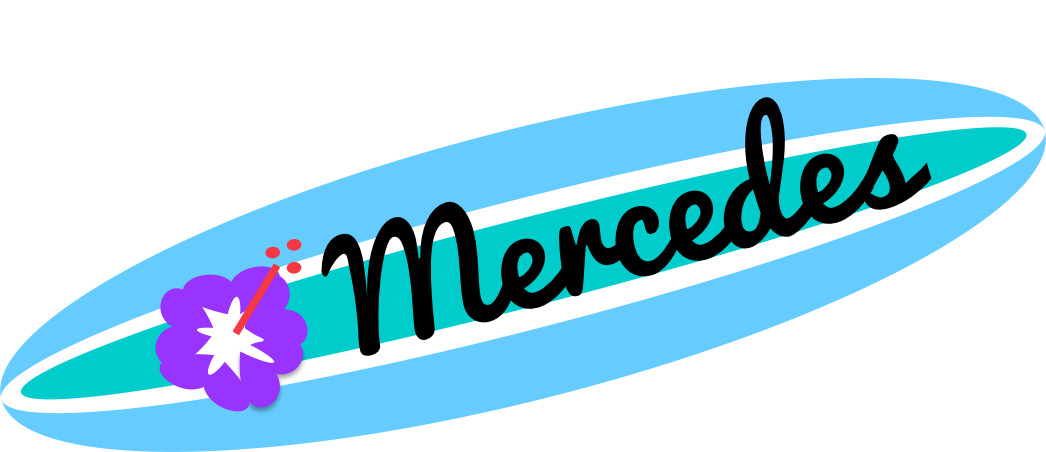As I’ve attended trainings focusing on Common Core Math it has become evident that kids are expected to know sums that equal ten. As kids are expected to explain their thinking, examples continually show kids saying things like, “To add 64 plus 8, I added six more to 64 to make 70 and then knew I had two so the answer is 72.”
Sitting in trainings with upper grade teachers watching videos like that there is a bit of a laugh coming from teachers. It is easy for trainers to forget that these upper grade students weren’t exposed to the lower grade Common Core Standards.
If you look at how the Common Core Standards are set up, you see “Numbers and Operations in Base Ten” emphasizing the concept of ten. Then in 1st grade you see this standard:
CCSS.MATH.CONTENT.1.OA.C.6
Add and subtract within 20, demonstrating fluency for addition and subtraction within 10. Use strategies such as counting on; making ten (e.g., 8 + 6 = 8 + 2 + 4 = 10 + 4 = 14); decomposing a number leading to a ten (e.g., 13 – 4 = 13 – 3 – 1 = 10 – 1 = 9); using the relationship between addition and subtraction (e.g., knowing that 8 + 4 = 12, one knows 12 – 8 = 4); and creating equivalent but easier or known sums (e.g., adding 6 + 7 by creating the known equivalent 6 + 6 + 1 = 12 + 1 = 13).
Add and subtract within 20, demonstrating fluency for addition and subtraction within 10. Use strategies such as counting on; making ten (e.g., 8 + 6 = 8 + 2 + 4 = 10 + 4 = 14); decomposing a number leading to a ten (e.g., 13 – 4 = 13 – 3 – 1 = 10 – 1 = 9); using the relationship between addition and subtraction (e.g., knowing that 8 + 4 = 12, one knows 12 – 8 = 4); and creating equivalent but easier or known sums (e.g., adding 6 + 7 by creating the known equivalent 6 + 6 + 1 = 12 + 1 = 13).
It is easy to look at it as add and subtract within 20, but the emphasis on “Making Ten” is a building block for what students are expected to do.
I have a group of Far Below Basic 2nd grade math students that I work with for about one week out of every 6 weeks. Ultimately, I want them to be able to add and subtract with regrouping, but right now I’m building the background skills they will need.
When we move to adding larger numbers, I want them to be able to think in a way that allows mental math. Being able to use multiples of tens as anchor numbers, can help students with mental math.
If we add 26 + 7, the traditional regrouping method has kids thing that 6 + 7 is 13 and then regroup the ten and then think of 1 + 2 (which is really 10 plus 20).
Really, though, is that the simplest way to think? If the kids know the ‘Friends of Ten’ they can do a much simpler math problem in their head. 26 + 7. I need four more to get to the next ten (30) 7- 4 is 3. So I have 30 and 3 more.
As we expect students to do more and more mental math, they need some background skills. Even upper grade students that missed this concept could show a boost in mental math once they have the skill.
Yesterday, I combined a cute idea I saw on Pinterest from Relief Teaching Ideas with a fun freebie page by Brooke Beynon.
We also played a little modified Go Fish. The students could put down and ask for any “Friend of Ten”.
It is amazing how much can be accomplished in 40 minutes of intervention when I have a small group. (This group has 10 kids.) After cutting out hands, doing a worksheet, and playing Go Fish, we still had a little time left.
The extra few minutes can be where the funnest ideas come from. I have a Plinko style board from Oriental Trading Company and kids got to have a turn and then tell me the number they could add to it to make ten.
Here is a little Instagram video. (I think you have to actually come to my site to see it but that is a great thing because I just had a fun blog redesign done that I’d love for you to check out. 🙂





Leave a Reply